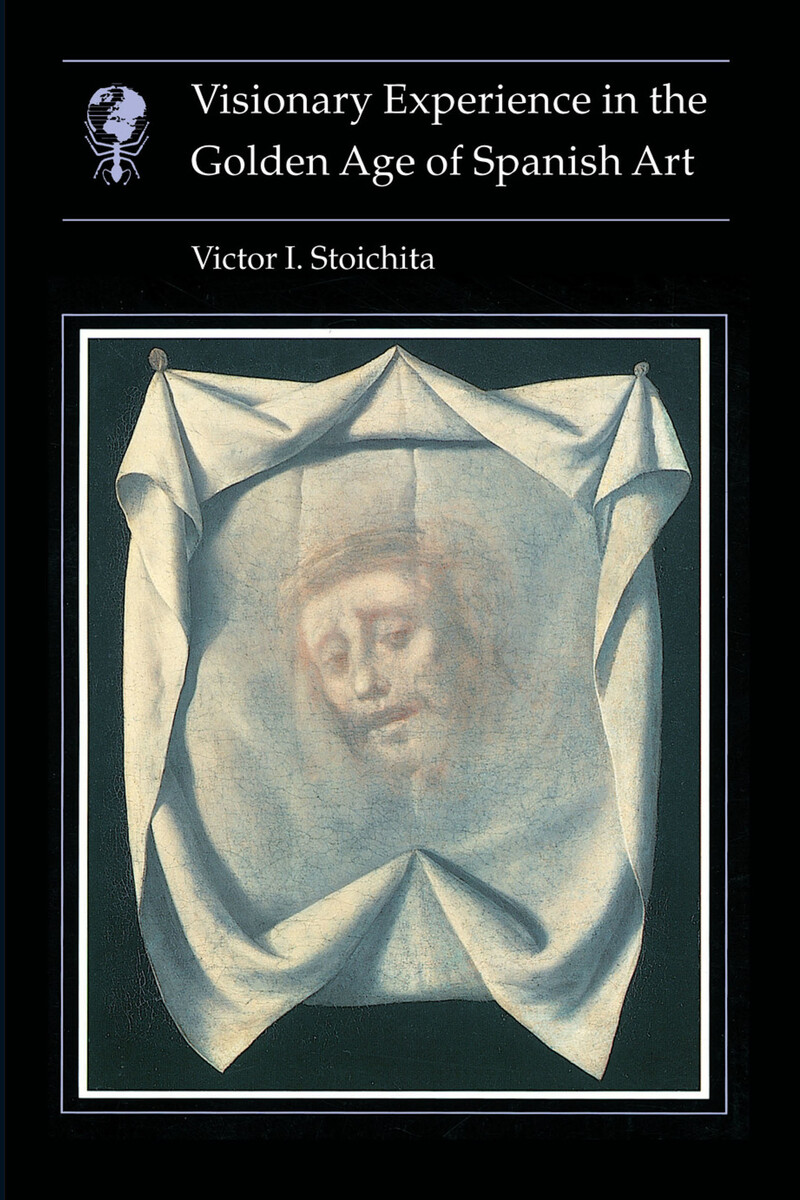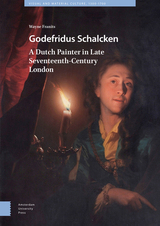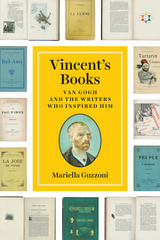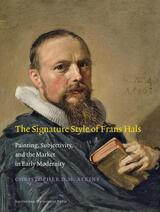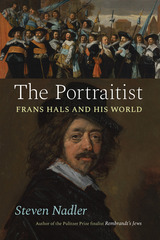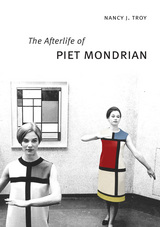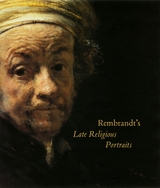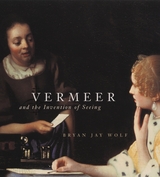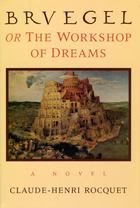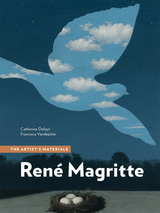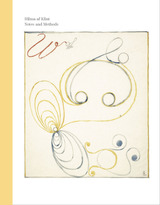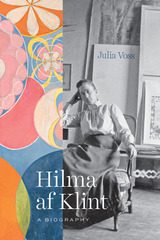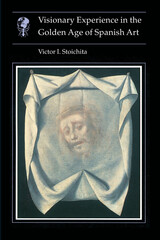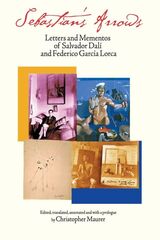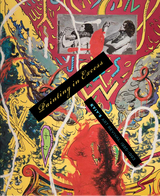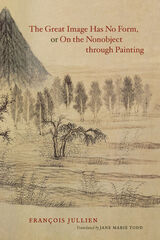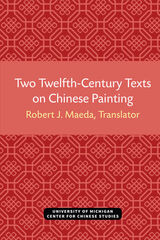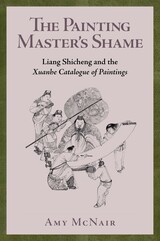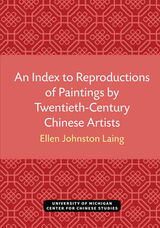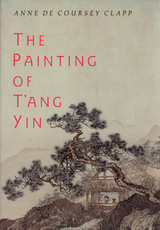Visionary Experience in the Golden Age of Spanish Art
Reaktion Books, 1995
Cloth: 978-0-948462-76-4 | Paper: 978-0-948462-75-7 | eISBN: 978-1-86189-544-8
Library of Congress Classification ND805.S76 1995
See other books on: 16th century | Golden Age | Painting, Spanish | Stoichita, Victor I. | Themes, motives
See other titles from Reaktion Books
Cloth: 978-0-948462-76-4 | Paper: 978-0-948462-75-7 | eISBN: 978-1-86189-544-8
Library of Congress Classification ND805.S76 1995
ABOUT THIS BOOK | AUTHOR BIOGRAPHY | REVIEWS | TOC | REQUEST ACCESSIBLE FILE
ABOUT THIS BOOK
In this original and lucid account of how Spanish painters of the 16th and 17th centuries dealt with mystic visions in their art, and of how they attempted to "represent the unrepresentable", Victor Stoichita aims to establish a theory of visionary imagery in Western art in general, and one for the Spanish Counter-Reformation in particular. He reveals how the spirituality of the Counter-Reformation was characterized by a rediscovery of the role of the imagination in the exercise of faith. This had important consequences for painters such as Velazquez, Zurbaran and El Greco, leading to the development of ingenious solutions for visual depictions of mystical experience. This was to crystallize into an overtly meditative and didactic pictorial language.
That Spanish painting is both cerebral and passionate is due to the particular historical forces which shaped it. Stoichita's account will be of crucial interest not just to scholars of Spanish art but to anyone interested in how art responds to ideological pressures.
That Spanish painting is both cerebral and passionate is due to the particular historical forces which shaped it. Stoichita's account will be of crucial interest not just to scholars of Spanish art but to anyone interested in how art responds to ideological pressures.
See other books on: 16th century | Golden Age | Painting, Spanish | Stoichita, Victor I. | Themes, motives
See other titles from Reaktion Books
